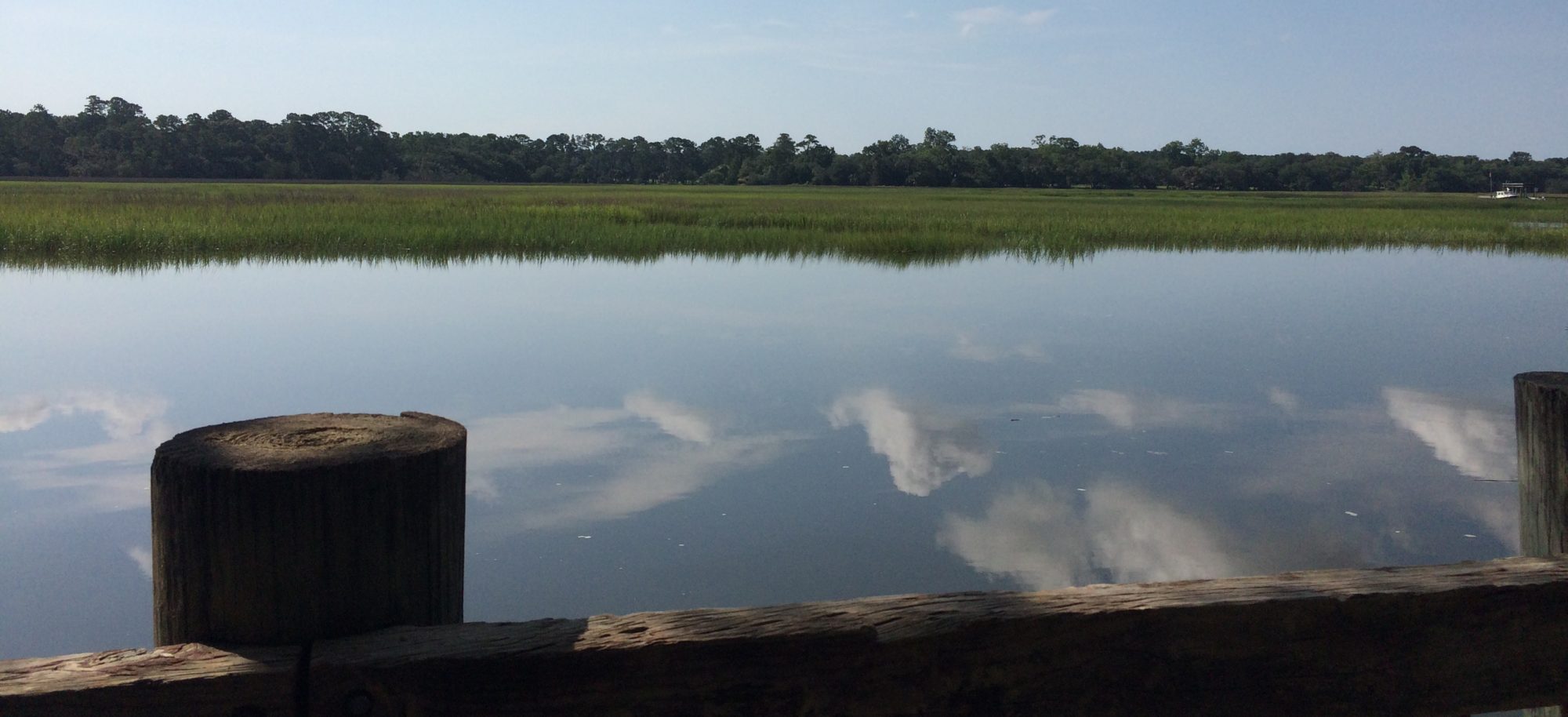Sunrise on the Ganges. Varanasi, the holy city of north India. A stream of people heading for the river: religious pilgrims, locals, tourists like us, threading our way along streets covered in urine, two and a half cows wide. And a cow, walking beside me.
We watch the hum at the water’s edge, people standing waist deep in the river washing themselves at the ghats, steps to the sacred water. Smoke curls from a cremation nearby, mixed with dawn hues over the river and moving spots of colorful clothing on the banks.
We set candles adrift toward the sunrise, boarding a wooden boat with our guide Ajay, a law student at the university. Oars thunk on the gunwales. Our boatman edges us into the river.
Ajay points out temples, ghats, cremation sites, one after the other, describing their historical importance. Amid the murmur and splash of bathers, our journey among floating candles collapses to silence in our pale green boat.
Gauze, a bundle, white gauze, a little body, floating just beneath the surface.
Probably set into the warm water by its young father, his hands resolute, its mother stone-faced at home with other children to care for, the body maybe nine months old, as young as her own body’s memory of it.
It had no spiritual debts, being just a child. It needed no burning, no special treatment. It had no entanglements on society from which to be charred loose, making its slow way in the current among other bodies, whole ones in the case of holy men who likewise had no need of cremation, amid ashes of its countrymen cremated alongshore.
In the afternoon we went a few miles north to Sarnath, where the Buddha preached his first sermon 2,500 years ago in the deer park. Hundreds of years ago, according to a handpainted information sign, beneath ruins of a temple complex someone was pulling up for stones to use in building a bazaar, a stone box containing human remains was unearthed. A proper Hindu burial was decided upon; the remains were placed into the Ganges. The inscription on the box was deciphered later: “These are the bones of the Buddha.”
It is best to proceed without thinking in this place.
Thinking brings you too little.
Not thinking brings you too much.
